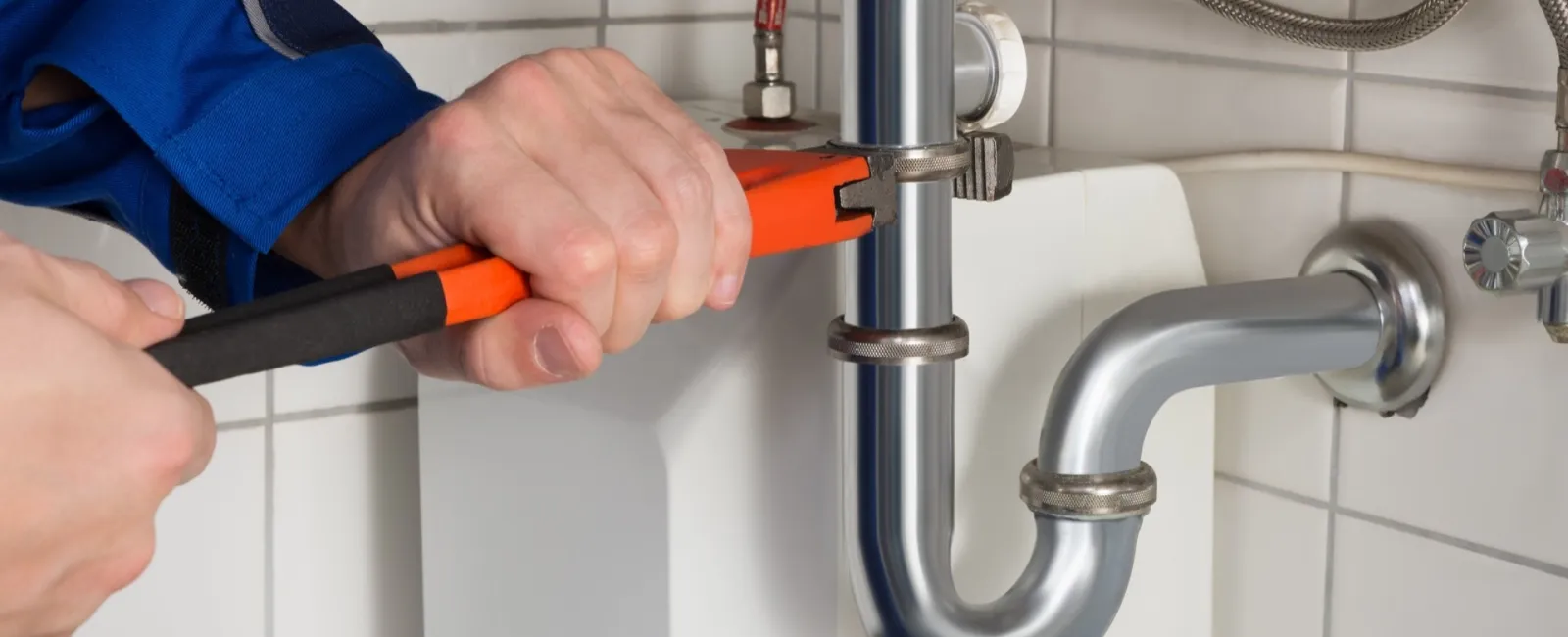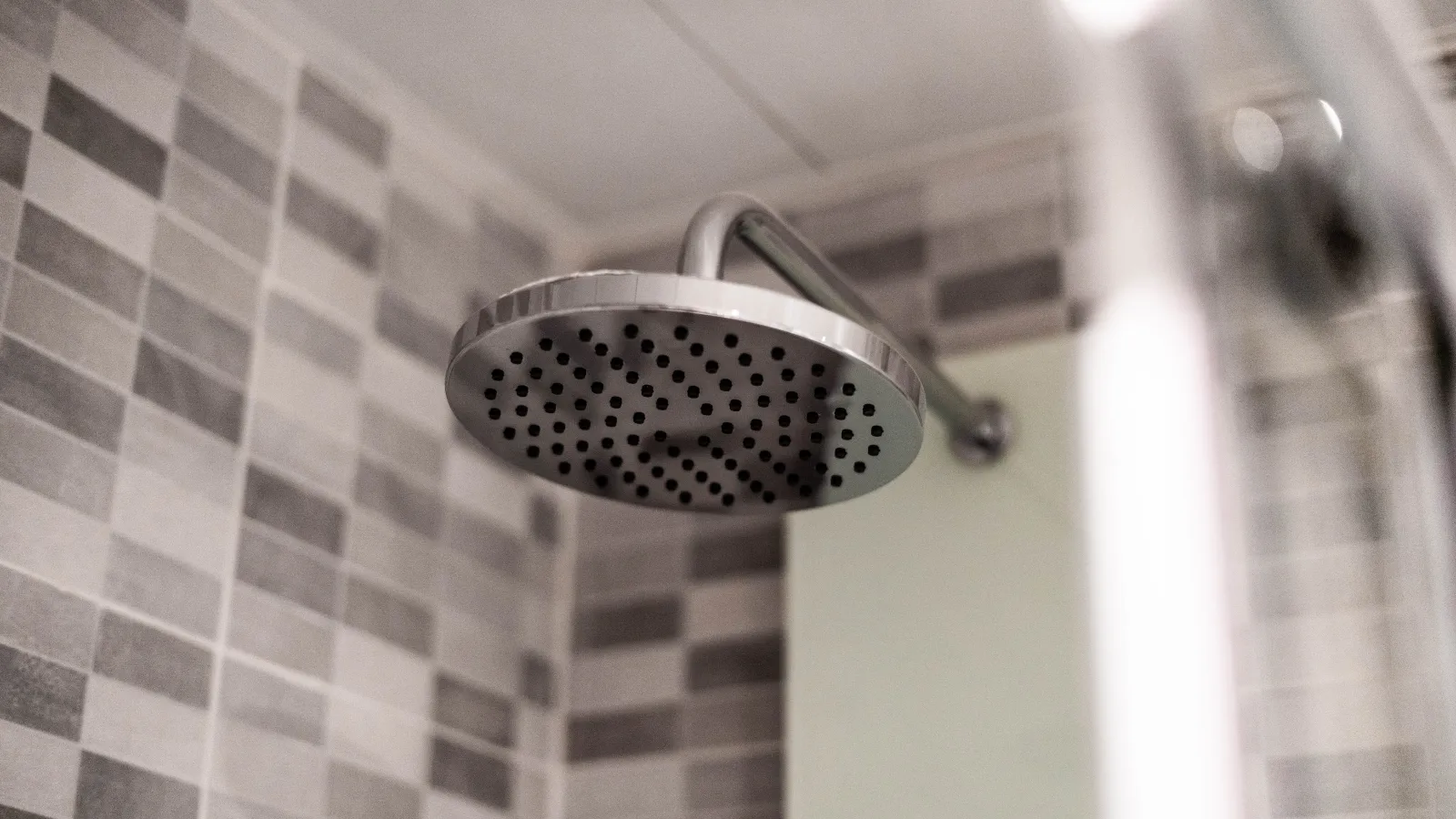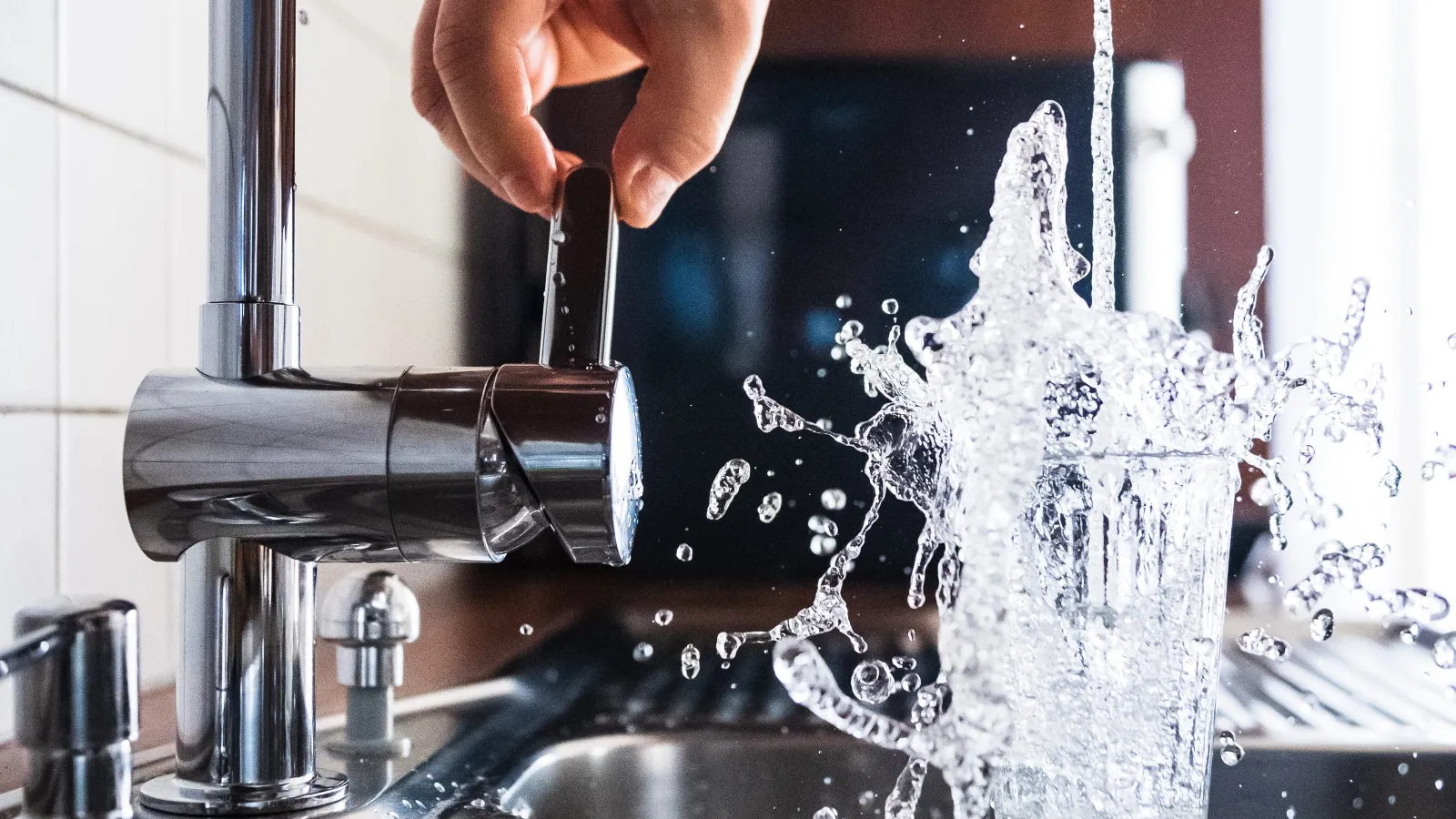A sump pump is one of those things you never think about until it stops working. You often won't know something is wrong until you're ankle-deep in water. Sometimes, you may get lucky and notice sump pump noise, a telltale sign that trouble is down the road. Keep an ear out for uncommon noises like banging and gurgling, and conduct routine maintenance for years of worry-free use.
Here's what to do if you hear those uncommon sounds from your sump pump.
Gurgling
This sump pump noise usually indicates that water flows back down the pipes after the pumping cycle. A common cause for this is a lack of or a malfunction in your check valve, which opens as water rushes up from the pump and closes when flow lessens. If your model has a check valve, you can find it on the PVC or ABS pipe directly above the sump basin. It is fitted with rubber slide sleeves and held with radiator clamps, so you can fix it relatively quickly by loosening the clamps and replacing the valve. ALWAYS be sure to unplug the pump before making any repairs.
Sump Pump Banging
A banging or thudding noise is usually caused by a rush of water streaming back down the pipe and hitting the closed check valve. If you have a particularly long pipe rise from the basin, installing the check valve higher up might lessen the thud. Since this requires cutting into the line, having a licensed, professional plumber do the job is a good idea.
These sounds can also be caused by pipes hitting wall joists or other framing structures. A simple way to check for this problem is by grabbing onto the pipe when the pump kicks on, as vibration can rattle the pipes. If this is the problem, securing the pipe with additional clamps should alleviate it.
Sump Pump Humming
A low humming sound from a sump pump is normal most of the time. This is a familiar sound when the pump is running, but the system might run without moving any water if the noise is constant. A common cause for this is the lack of a relief hole between the pump and the check valve, which will develop an air lock in your system. Drill a 1/16- to 1/8-inch hole into the plastic PVC or ABS pipe at a downward angle so the water shoots back into the basin between the pump and check valve.
Another cause could be a clog somewhere in the line, most commonly at the pump. This can be fixed by removing the sump pump, its bottom plate, and clearing debris. If the problem persists, call a licensed plumber, as the problem is probably further down the line.
Humming can also indicate that the pump's motor has failed, so you must replace the unit.
SEO for Plumbers by RedBrick Web



